| Visit Needle 'n Thread! |
|
||||||
|
|
|||||||
|
|||||||
Contact Information: e-mail:
Find me on Facebook:
Needle 'n Thread on Facebook
Find me on Pinterest:
Mary Corbet on Pinterest
| |||||||
Saturday, May 11, 2019
Mary Corbet's Exploring Linen article
This is an old article from Mary Corbet about Linen fabric. I found it very informative and I want to save it for my reference!
Labels:
Linen
Subscribe to:
Post Comments (Atom)

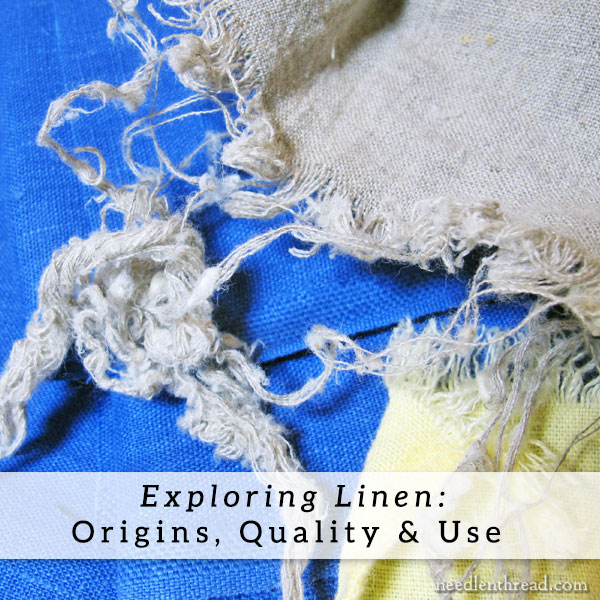
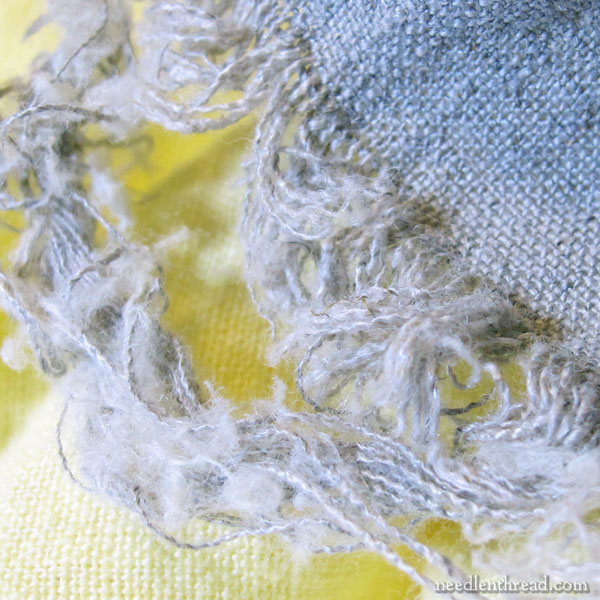
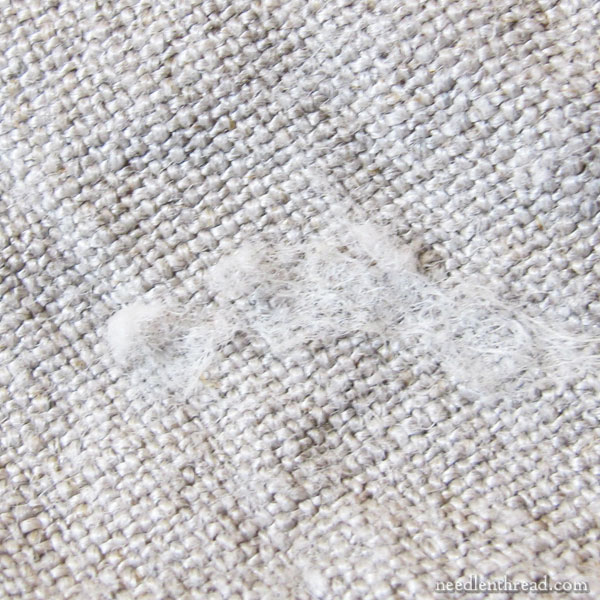
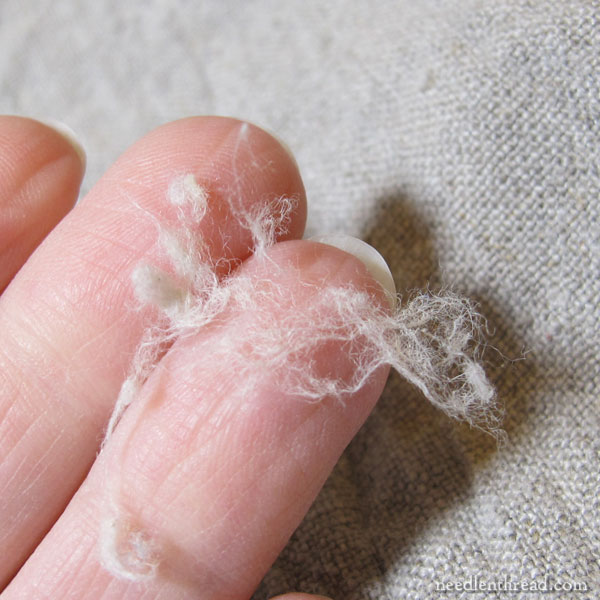
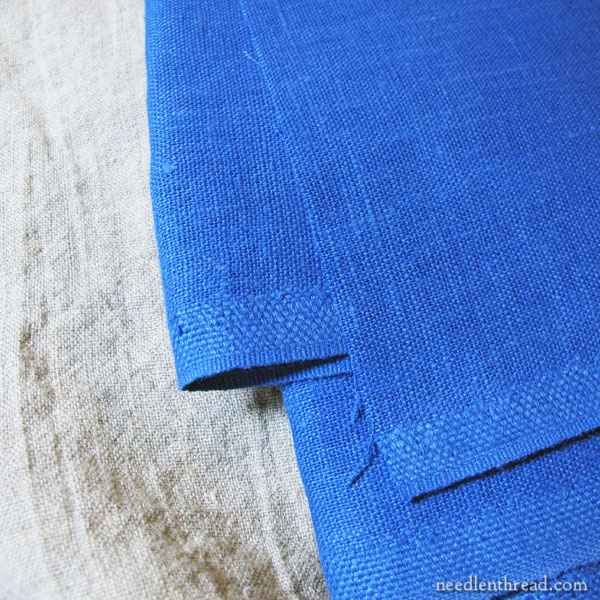
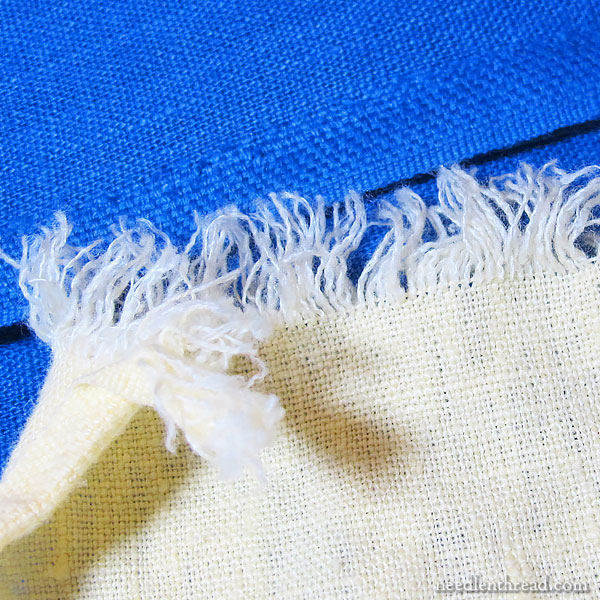
No comments:
Post a Comment